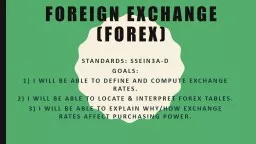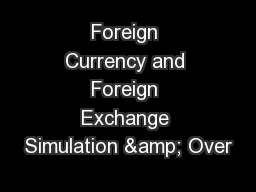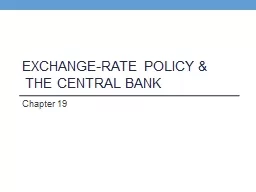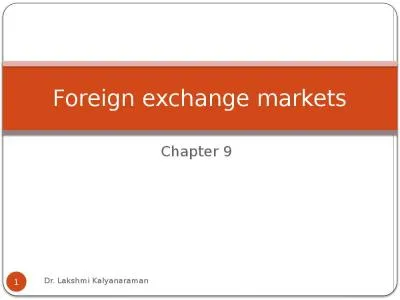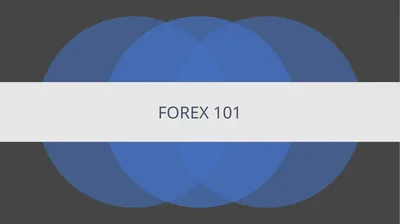PPT-FOREIGN EXCHANGE (FOREX)
Author : alexa-scheidler | Published Date : 2016-08-14
Standards SSEIN3ad Goals 1 I will be able to DEFINE and COMPUTE exchange rates 2 I will be able to locate amp interpret FOREX tables 3 I will be able to explain
Presentation Embed Code
Download Presentation
Download Presentation The PPT/PDF document "FOREIGN EXCHANGE (FOREX)" is the property of its rightful owner. Permission is granted to download and print the materials on this website for personal, non-commercial use only, and to display it on your personal computer provided you do not modify the materials and that you retain all copyright notices contained in the materials. By downloading content from our website, you accept the terms of this agreement.
FOREIGN EXCHANGE (FOREX): Transcript
Download Rules Of Document
"FOREIGN EXCHANGE (FOREX)"The content belongs to its owner. You may download and print it for personal use, without modification, and keep all copyright notices. By downloading, you agree to these terms.
Related Documents

